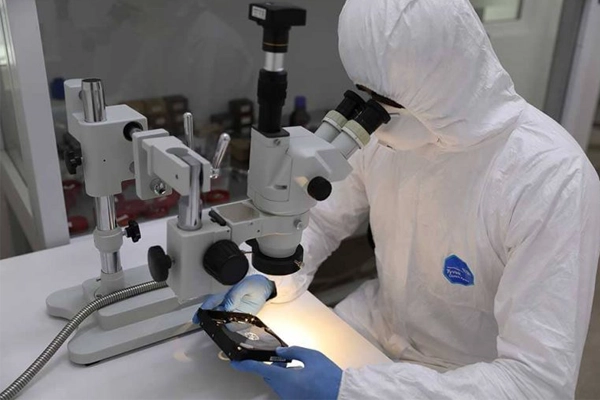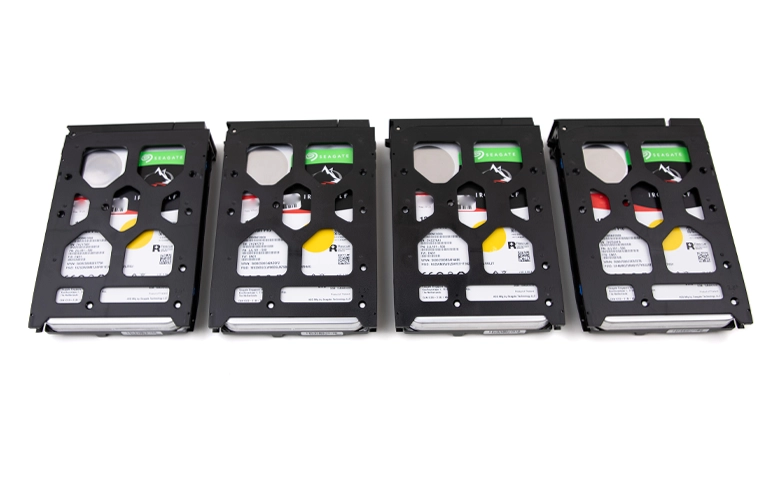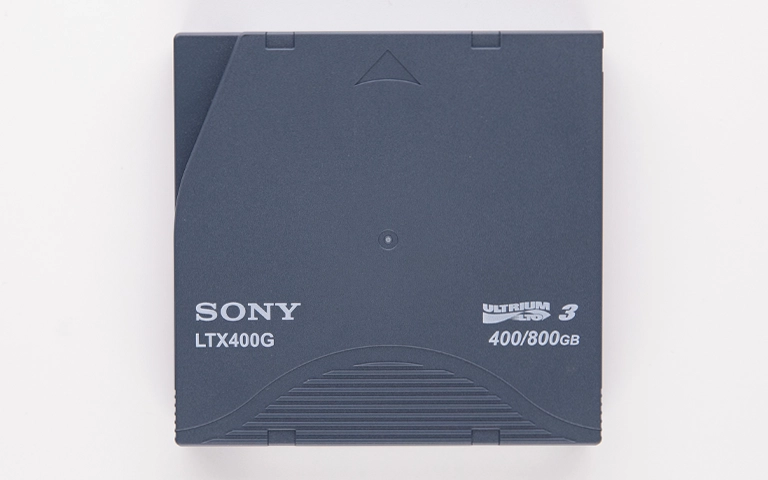Overview
SanDisk Ultra flash drives are popular for their fast transfer speeds and built-in data protection features. Many users rely on them for sensitive file storage, often using SanDisk’s SecureAccess software to encrypt files for extra security.
However, when one of these drives fails, especially with encryption enabled, data recovery becomes significantly more complex. In this case, a SanDisk Ultra flash drive stopped working and was not recognized by any computer. Recovery required deep hardware expertise, reverse engineering, and a highly precise controller replacement, making it a textbook case of sandisk flash- drive recovery.
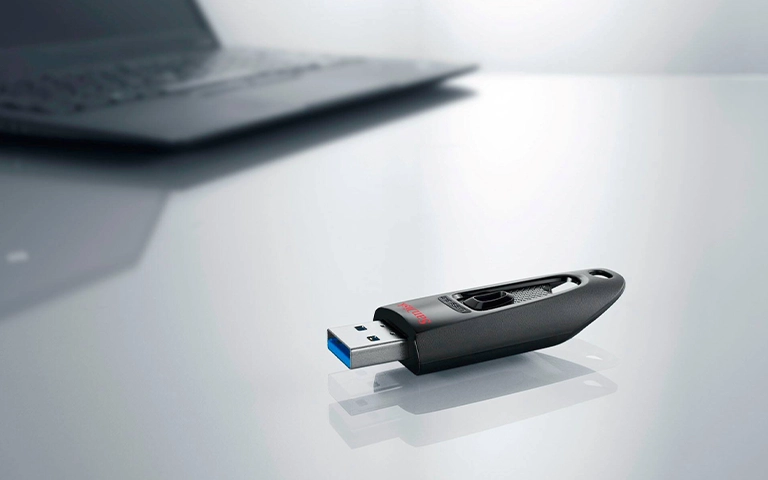
The Case: Encrypted SanDisk Ultra Drive Not Recognized
A client brought us a SanDisk Ultra flash drive that had suddenly become completely unresponsive. It didn’t appear on any system and showed no power or detection signs. The drive contained confidential business data that had been encrypted using SanDisk SecureAccess software.
Since encryption was enabled, this changed everything. Although many flash drive recovery cases with failed controllers can be solved through chip-off recovery, this approach would not work in this case.
Why Chip-Off Recovery Was Not an Option
In typical flash recovery cases where the controller fails, engineers can remove the NAND memory chip, extract the raw data, and reconstruct files using specialized software.
In this case, the controller also handled real-time encryption. Without the original controller or an exact match, the raw dump would remain encrypted and unreadable.
The encryption key was stored within the controller itself, not in the NAND. This meant that to recover the data, we needed to restore the original operation of the flash drive so that the SecureAccess software could launch and allow password entry.
The only possible way to access the data was to repair the drive to a functional state and unlock the files through its normal decryption interface.
Get a Free Consultation.
Our recovery experts are ready to assess your device and guide you through the safest path to recovery. Fill out the form to get started.
"*" indicates required fields
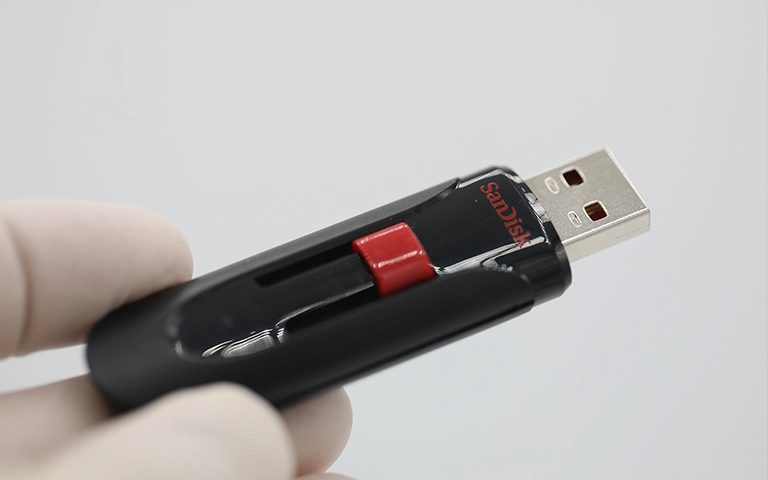
Our Recovery Process
Our engineers developed a precise recovery plan tailored to the situation.
Step 1: Identify the Controller
We removed the failed controller and documented its specific marking and firmware version. SanDisk uses a wide variety of proprietary and OEM-labeled controllers, and even small variations can cause incompatibility. After an extensive search through our internal inventory and external sources, we located an exact-match donor controller with the same revision.
Step 2: Perform the Controller Swap
Using high-precision soldering equipment, we replaced the damaged controller with the exact match. This process required exceptional accuracy to avoid damaging surrounding components and to ensure full pin compatibility.
Step 3: Initialize the Drive and Access SecureAccess
After the controller was successfully installed, the drive powered on and was detected by the computer. The SecureAccess application automatically launched. Using the client-provided password, we unlocked the encrypted partition and gained full access to the file system.
Step 4: Image the Drive and Validate Files
We immediately created a sector-by-sector image of the decrypted volume. This step preserved all data in its accessible form. Afterward, we verified file integrity and ensured all requested data was intact.

Your Data Security Is Our Priority
Data privacy isn’t optional. It’s our commitment. Our secure recovery process ensures your sensitive information stays protected from start to finish.
Trust in certified security. Start your recovery today! Call Now: 888.611.0737
Results
Despite encryption and controller failure, our team successfully:
- Restored functionality to the flash drive
- Unlocked and decrypted SecureAccess-protected files
- Recovered 100 percent of the client’s data
- Delivered the recovered data on a new secure flash drive
The client was thrilled with the result, especially given the sensitive nature of the files and the fact that no backup existed.
Key Lessons for Encrypted Flash Drive Users
- SanDisk SecureAccess encryption is tightly integrated with the drive’s controller
- Chip-off recovery is not viable for encrypted drives using controller-based protection
- The only way to recover encrypted data is by restoring the drive to a functional state
- An exact-match controller is essential and often difficult to source
- Encryption is great for security, but it makes recovery significantly harder when hardware fails
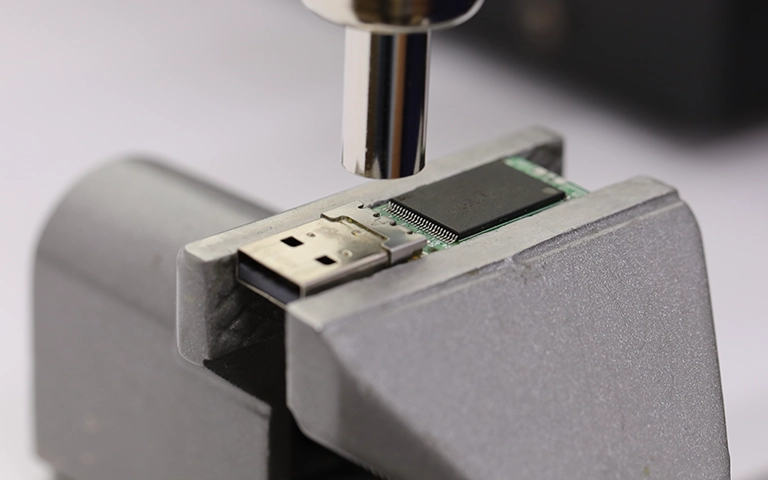
Conclusion
This case highlights the challenges of recovering data from encrypted SanDisk Ultra flash drives. When the controller fails, and encryption is active, recovery is not about simply reading memory chips. It’s about rebuilding the entire device behavior so the encryption software can function as originally intended.
Watch what our customer saying
PITS Data Recovery specializes in advanced flash memory cases, including controller swaps, encrypted recovery, and NAND-level repair. If your encrypted flash drive is no longer recognized, reach out to our team for a professional assessment.
We recover data that others cannot.
Don't Let Data Loss Ruin Your Business
Minimize business disruption. We retrieve lost data fast, so you can focus on what matters.

